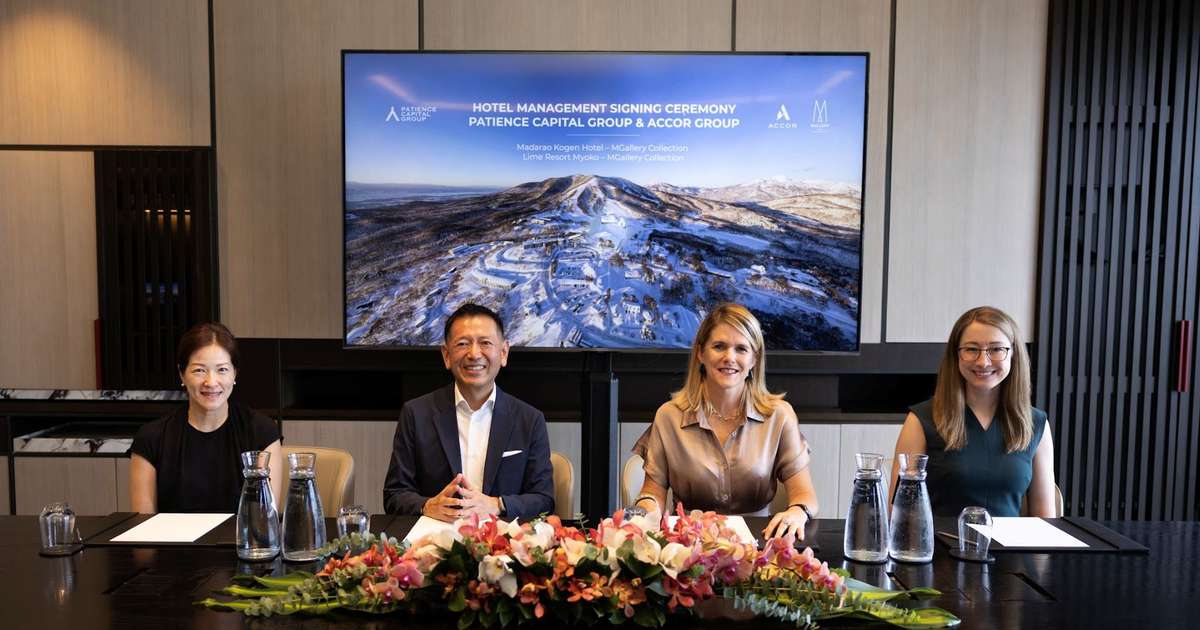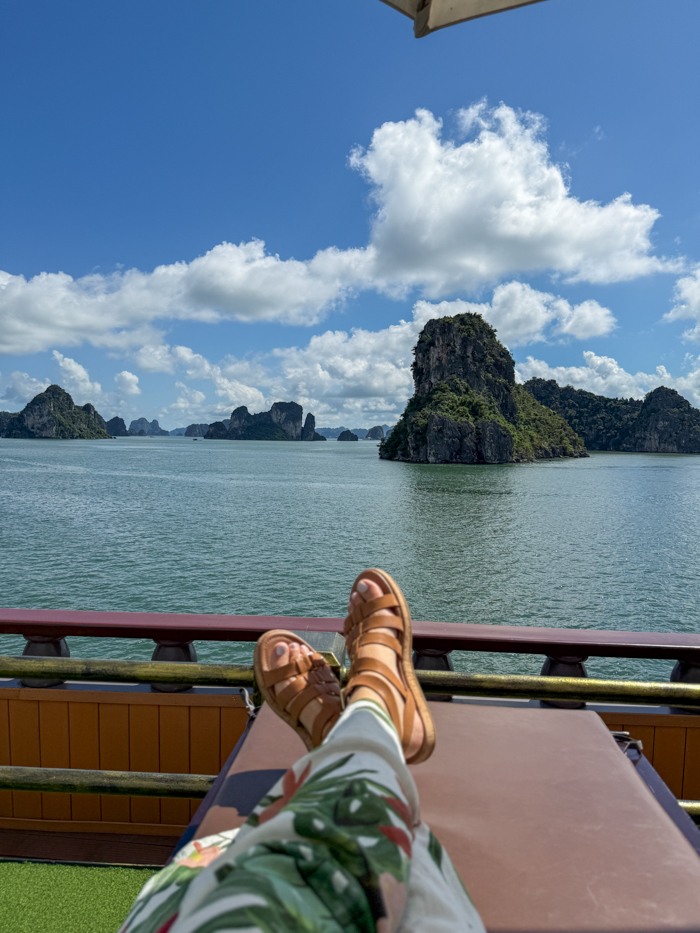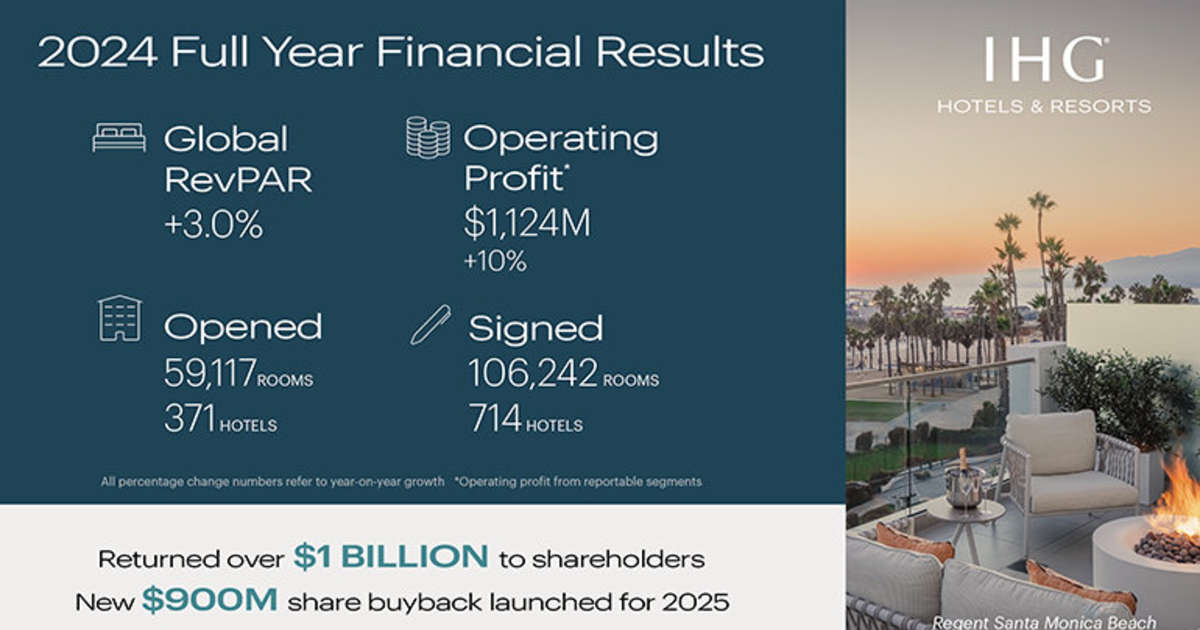
Two weeks on the road in Italy, from Milan to Naples, will teach you many things. For one, gelato is great at any time. But more importantly, it forces you to confront a term that’s been floating around travel discourse for years: overtourism.
It’s a phrase I think we need to retire. Not because crowds in Amalfi aren’t real (oh, they very much are) but because the word frames tourism as the villain. That’s short-sighted. Tourism is how we build bridges between cultures. It’s how we learn that “different” is not “wrong.” It’s how we see, in real life, that another culture can have an entirely different set of priorities and still be thriving.
The problem isn’t that there are too many tourists. The problem is that they’re all in the same places at the same time. Ten minutes by boat from Amalfi is Minori: a beautiful beach town, relaxed, friendly, with a mix of Italians and international visitors. No gridlock, no cruise ships offloading thousands. Meanwhile, Amalfi is bursting at the seams, largely because of its branding success.
This is a distribution issue, and it’s solvable. We already have the tools: AI, data platforms, and smart content targeting, that can guide visitors toward equally great but lesser-known destinations. Imagine dynamic recommendations that push travelers to nearby towns during peak hours, or highlight festivals in neighboring villages. Instead of funneling everyone to the “top 5” list TripAdvisor’s algorithm happens to love, we could design systems that spread demand across a region.
AI can make this smarter. Predictive models could anticipate crowd surges, reroute tour buses, or package itineraries that combine headline destinations with hidden gems. That’s good for local economies, good for visitor experience, and good for preserving what makes these places worth visiting in the first place.
So let’s stop saying “overtourism” as if the solution is fewer people experiencing the world. As I keep saying (and strongly believe) tourism fuels economies, deepens cultural understanding, and makes the world a little less “us versus them.” The challenge is not demand: it’s distribution. Call it “under-distributed tourism,” “tourism bottlenecking,” “Destination imbalance,” or something catchier, but let’s make the conversation about balancing the distribution, not blaming the people who are going out of their way to see other cultures.
Because yes, Amalfi for an afternoon by boat is delightful. But so is Minori for three days. The world (and Italy) has more than enough beauty to go around.
View source


